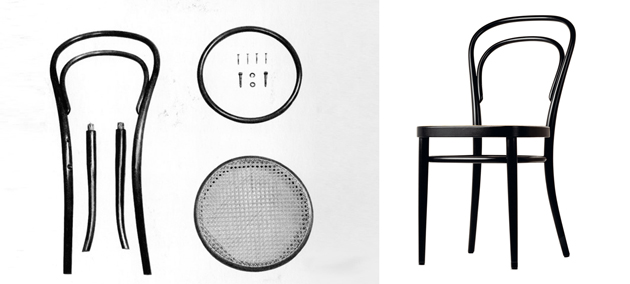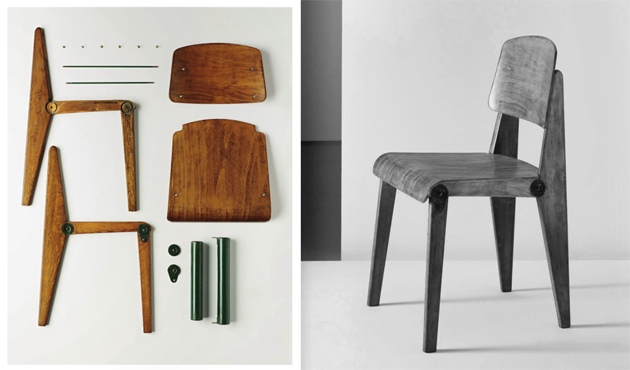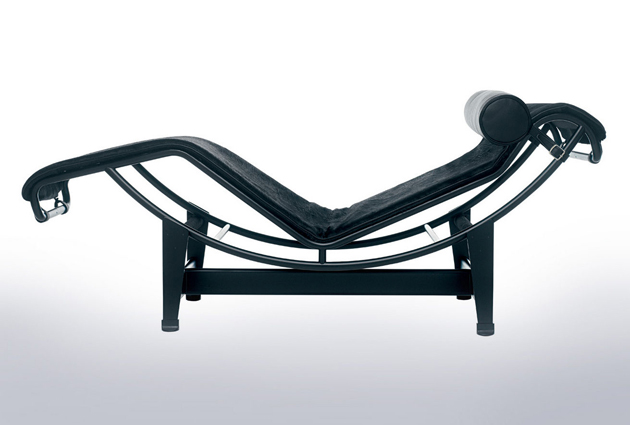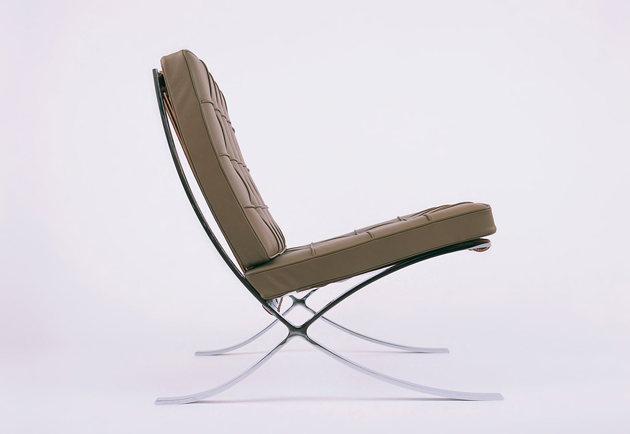Jim Jarmusch, the famous film director, once said that nothing is original. In fact, the fifth (and final) point of his ‘golden rules’ manifesto goes as follows: “Nothing is original. Steal from anywhere that resonates with inspiration or fuels your imagination. Devour old films, new films, music, books, paintings, photographs, poems, dreams, random conversations, architecture, bridges, street signs, trees, clouds, bodies of water, light and shadows. Select only things to steal from that speak directly to your soul. If you do this, your work (and theft) will be authentic. Authenticity is invaluable; originality is nonexistent. And don’t bother concealing your thievery. Celebrate it if you feel like it. In any case, always remember what Jean-Luc Godard said: ‘It’s not where you take things from – it’s where you take them to.’”


But would Jarmusch have been right if he were speaking about design instead of film-making? If applied to design, where can this rule about copying take us to? The issue might be much more complex than it appears. On one side, the first things design students hear on their first day of school is probably originality and authenticity in their practice, on the other hand we witness every day pieces of historical design being embodied, in one way or another, in new ones. So how can we understand copying and originality in design? Does the concept of copying in design even exist?
Legally, at least in the United Kingdom, it does. In fact, deliberate copying has become a criminal offense in the UK and a bill to extend copyright protection on industrial design has already been passed, even though the extent to which it can be applied and the criteria of evaluation will surely be dubious, as will be the products, companies and designers it aims to protect. While it might be fairly easy to protect Herman Miller‘s or Vitra‘s rights against low-cost brands reproducing their furniture and bringing it to the masses (the once ideal consumers of their products), things might get a bit tricky with one-off projects and concepts, as can be seen in the dispute behind the olympic cauldron designed by Thomas Heatherwick, which saw New York-based studio Atopia claim they presented a strikingly similar project back in 2008.


These two cases, completely different and particularly marginal to everyday design practice seem to highlight only a brink of difficulties that need to be tackled when discussing authenticity in design. On the other hand, this type of discussion should also take into account the very nature of design practice, which is to make our lives better through objects and services. If this means taking an existing chair and making it become more comfortable, then this should be a valid design project. Or if it means taking centuries old vases and contextualizing their design to contemporary use, this also shouldn’t be put discussed in terms of authenticity. So how far can we actually define copying in design? Probably, it is the very nature of everyday design practice itself that demonstrates it is an utter waste of time.


